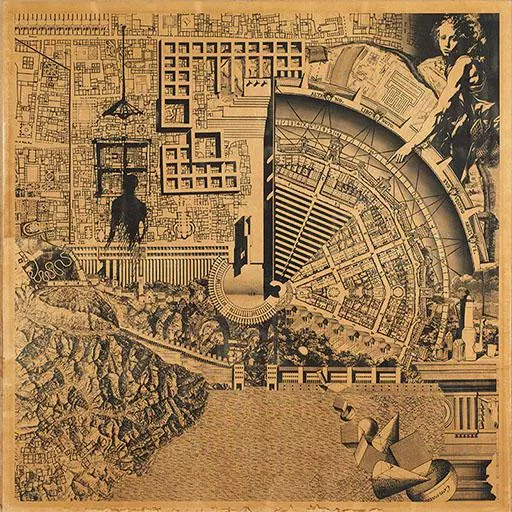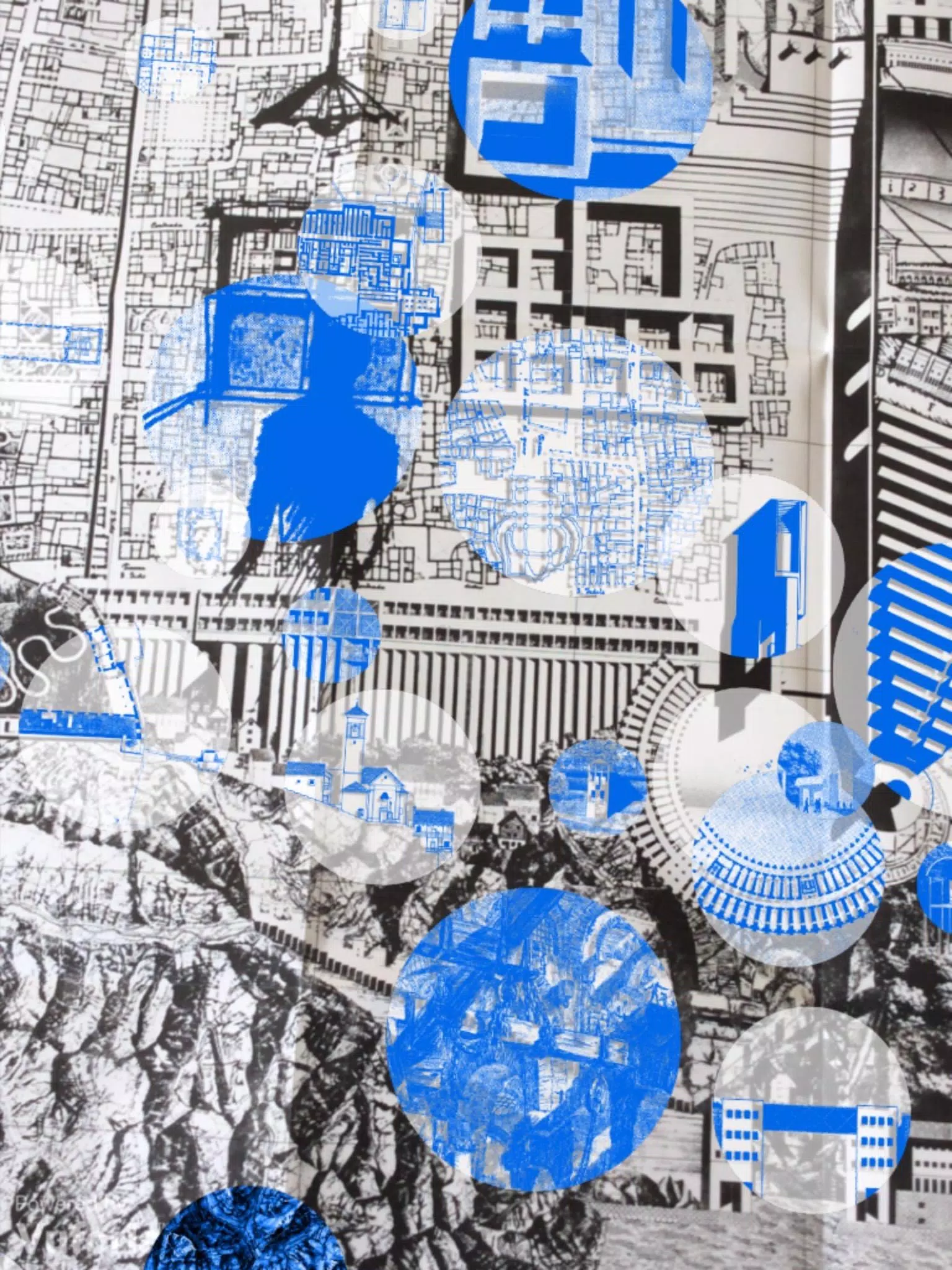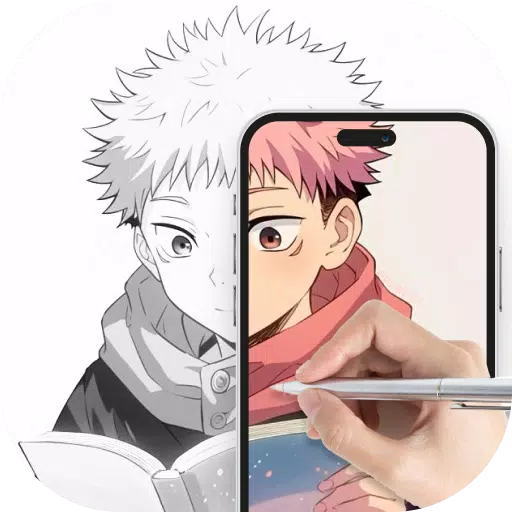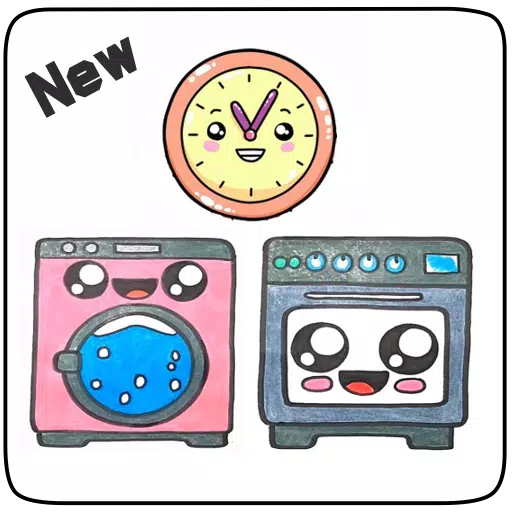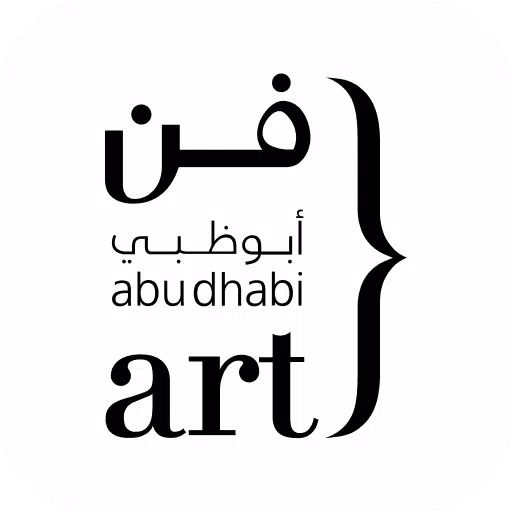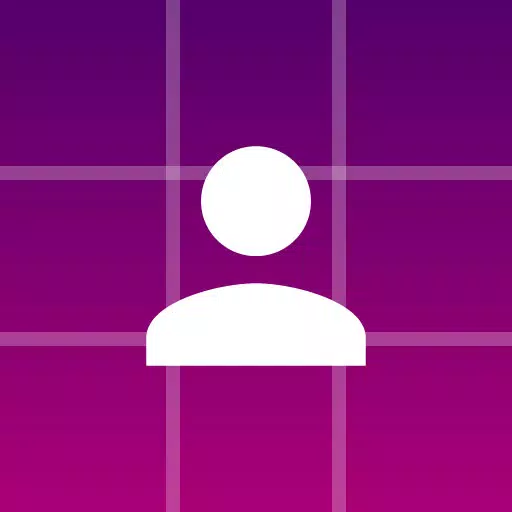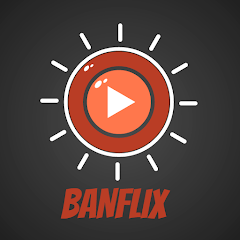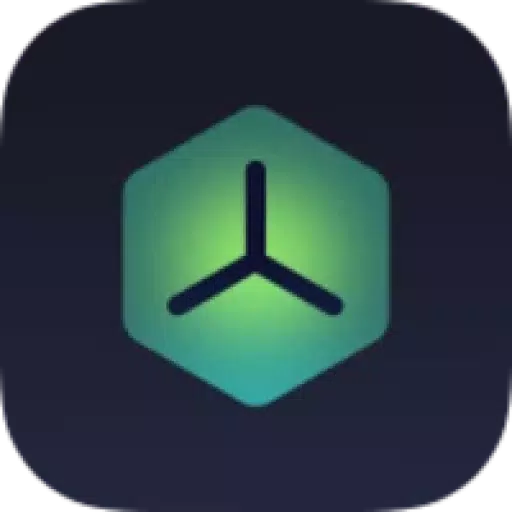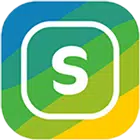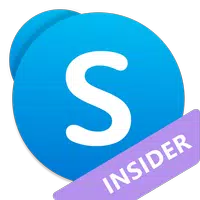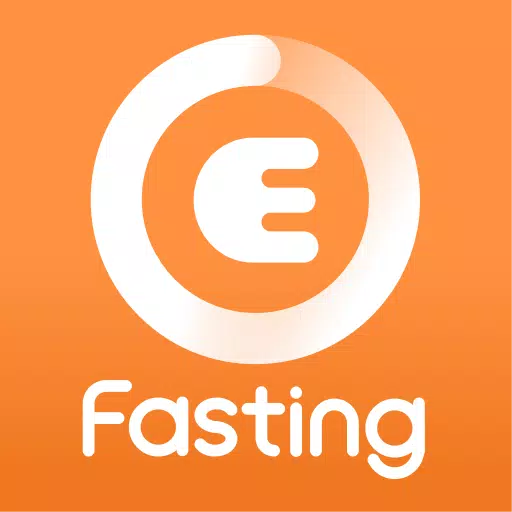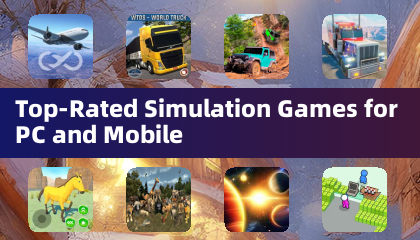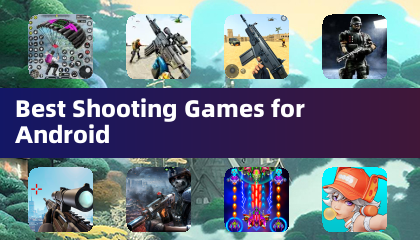This augmented reality application enhances the museum exhibit on Aldo Rossi's Analogous City, a collaborative artwork (with Eraldo Consolascio, Bruno Reichlin, and Fabio Reinhart) showcased at the 1976 Venice Biennale of Architecture. The app complements a reproduction of The Analogous City—accessible at http://archizoom.epfl.ch—by overlaying layered digital information onto the artwork, revealing the complete source materials used in its creation.
Essential for interacting with the digital installation at the "Aldo Rossi - The window of the poet, Prints 1973-1997" exhibition at the Bonnefanten Museum (Maastricht), Archizoom EPFL (Lausanne), and GAMeC (Bergamo), this application allows for a dynamic engagement with the artwork's underlying references.
Purchasing the Archizoom-published map reproduction of The Analogous City enables users to replicate the museum installation experience anytime, anywhere. This printed map includes texts by Aldo Rossi, Fabio Reinhart, and Dario Rodighiero.
The Analogous City (La Città Analoga) was envisioned as a true urban design. Its components draw from diverse sources, including: Giovanni Battista Caporali's drawing of Vitruvius' city (1536), Galileo Galilei's Pleiades Constellation drawing (1610), Tanzio da Varallo's painting David and Goliath (ca 1625), Francesco Borromini's plan for San Carlo alle Quattro Fontane (1638-1641), the Dufour topographic map (1864), Le Corbusier's plan for the Notre Dame du Haut chapel (1954), and various architectural designs by Aldo Rossi and his collaborators.
As Aldo Rossi himself described in Lotus International No. 13 (1976): “Bridging past and present, reality and imagination, the analogous city is perhaps simply the city to be designed daily, addressing and overcoming challenges, with a reasonable assurance that the outcome will ultimately be improved.”

